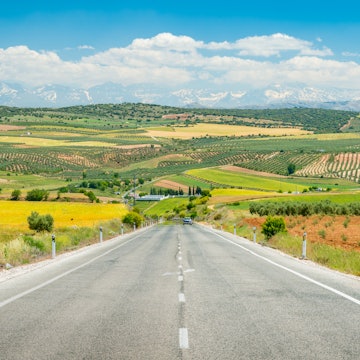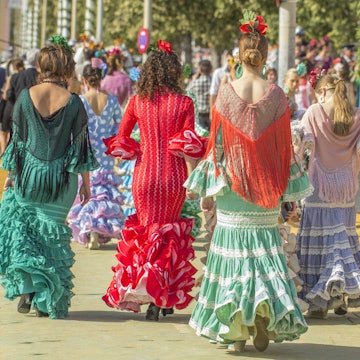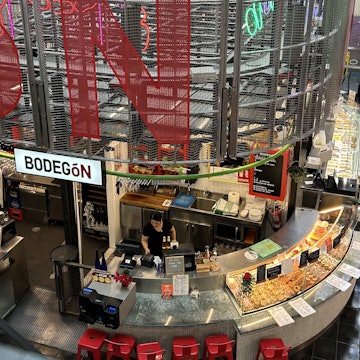
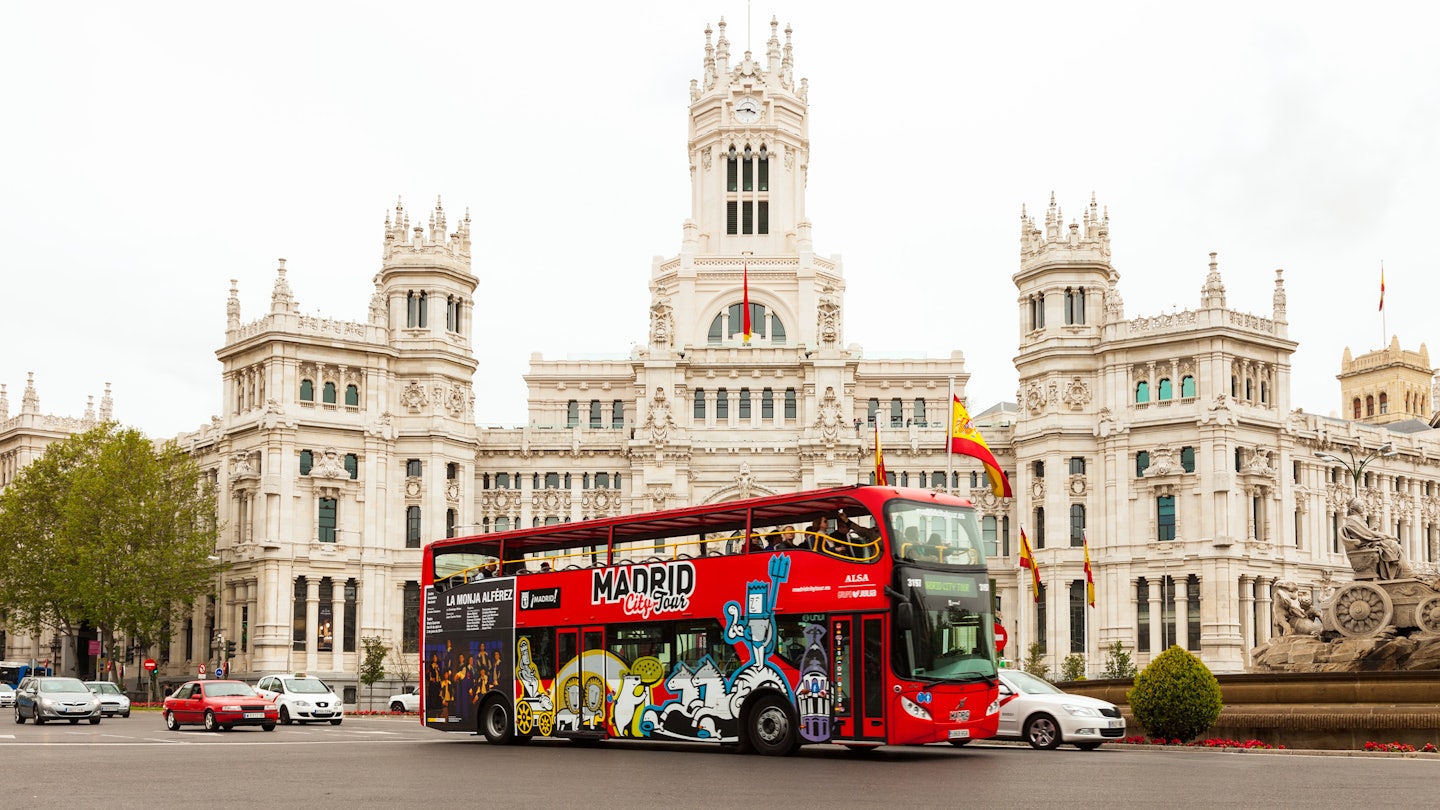
Palacio de Cibeles. BearFotos/Shutterstock
Few cities are as easy to get around as Madrid.
The Spanish capital is highly commuter-friendly, thanks to the multimodal public transit infrastructure, which includes an efficient and reliable subway system, an organized bus network and late-night buses, long-distance high-speed trains connecting outlying towns, and ubiquitous electric bike stations. Navigating Madrid is so easy that car rentals are quite impractical, due to parking shortages and low-emission zone regulations.
Even better news for the planet: Madrid’s buses, which began converting to more sustainable fuel sources in 2023, are now completely diesel-free, making the city the largest in Europe with a 100% clean-powered bus fleet.
Travelers with reduced mobility will find Madrid’s bus and subway vehicles and stations carefully designed for universally accessible travel – another hallmark that makes the city stand out as a world-class destination.
Here's what you need to know to make the most out of Madrid's public transportation network.
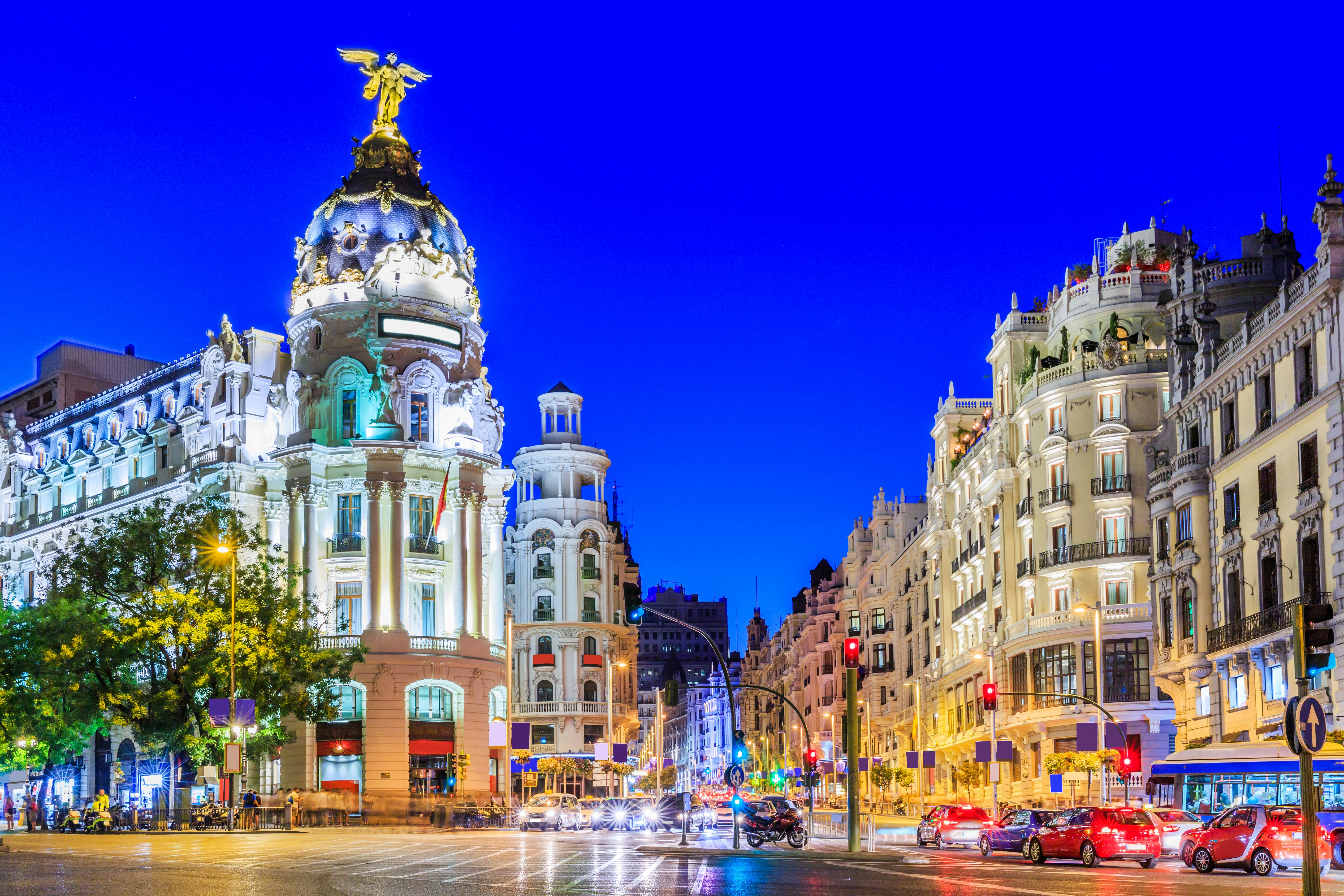
Moving around by Madrid’s Metro and trains
The Madrid Metro is an inextricable part of city life
In 2018 Spain's King Felipe declared, “Madrileños should be proud of their transport network,” when he surprised commuters by joining them on the centennial anniversary of the Metro, marking a century since his grandfather King Alfonso XII inaugurated the underground railway system in 1919.
Arguably one of the best and biggest European subways, the Madrid Metro consists of 12 metro lines, three tram lines and over 300 stations that neatly link up the city. Open from 6am to 1:30am, Metro trains pass by every two minutes during the busiest times of the day and every 15 minutes after midnight.
Take the Metro from the airport straight into the city
For travelers flying into Madrid, Adolfo Suárez Madrid–Barajas Airport connects directly to the busy Nuevos Ministerios central hub, from which you can easily get around Madrid.
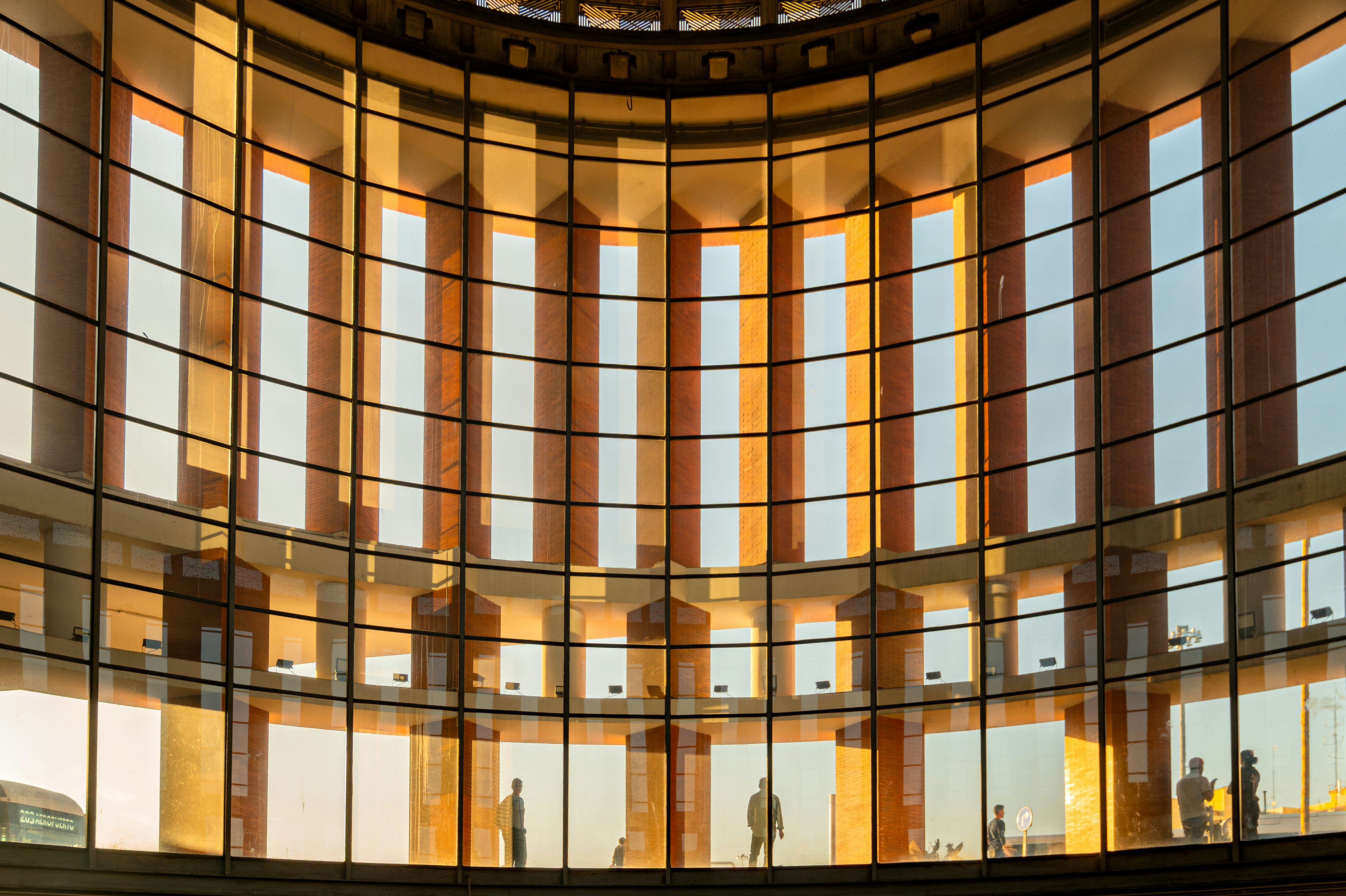
Catch fast suburban trains out of Madrid
For day-trippers and city breakers, the Cercanias Renfe is your portal to some of the most picturesque villages on the outskirts of Madrid. These fast suburban trains, accessible via Atocha Station (Metro Line 1) rapidly transport you to quaint towns, World Heritage sites like San Lorenzo de El Escorial and even premiere sking and hiking destinations such as Cercedilla at the foot of the Sierra de Guadarrama mountains.
Counting 10 lines threading through the Madrid region, Cercanias trains run every day from between 5am and 6am up to midnight, with intervals of five to 10 minutes on weekday peak hours. While a Metro ticket gives you access to some Cercanias stations that are part of the Metro network, you need to purchase a Bonotren rail pass to travel to the long-distance destinations.
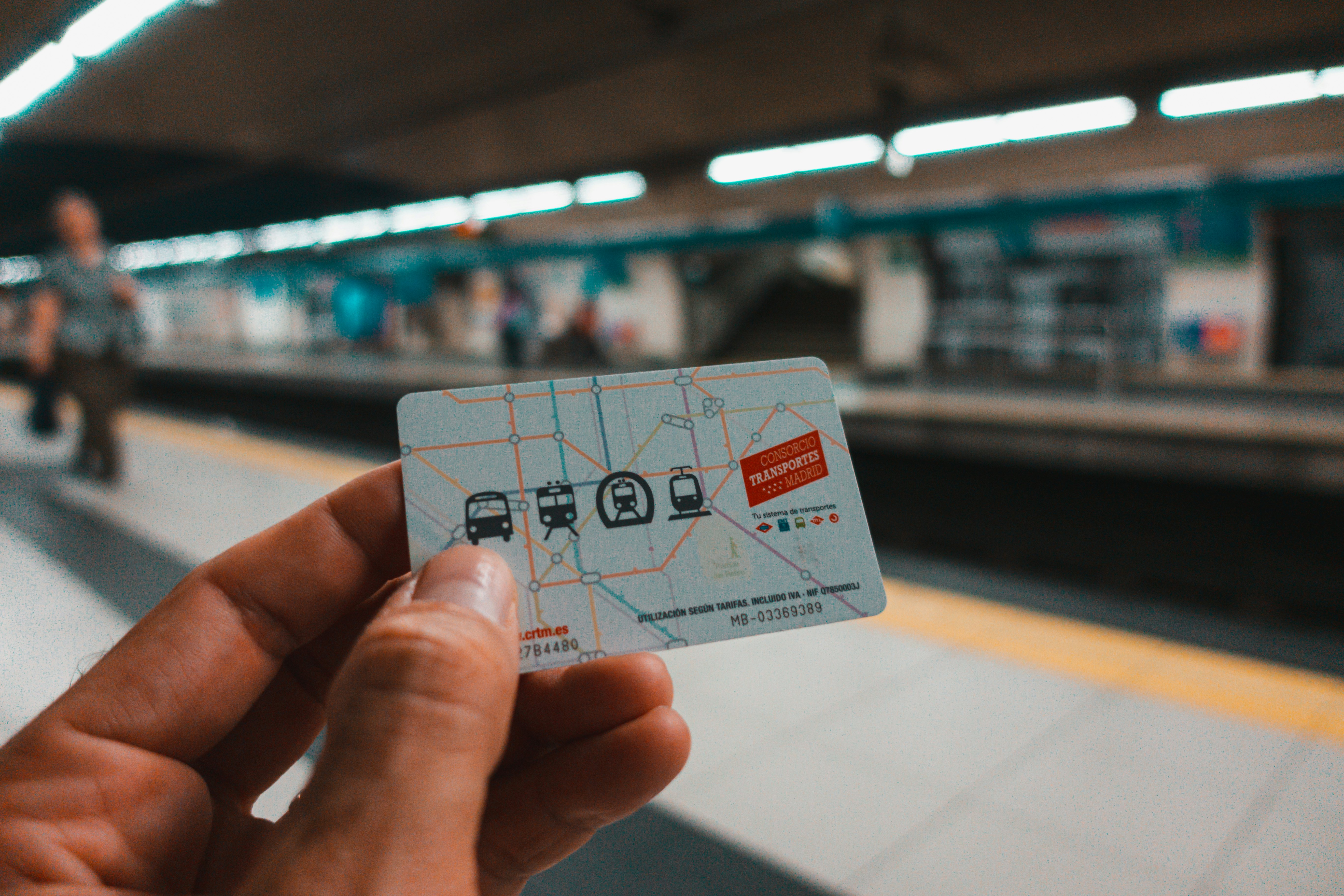
Riding buses in Madrid
While getting around Madrid via bus, or autobús, may not be as fast as taking the Metro, it is certainly the scenic option. The center of Madrid has a lot of interesting sights, so taking the bus is an excellent, cost-effective way to sightsee if you’re not pressed for time.
EMT Madrid has over 200 bus lines in the city
EMT Madrid is the public bus service. It runs over 200 bus lines from 6am to 11:30pm. A push by the local government to have more environmentally friendly vehicles has led to three zero-carbon-emission buses that are free to use: 001 Atocha Renfe-Moncloa (also known as Linea Cero), 002 Puerta de Toledo-Argüelles and C03 Puerta de Toledo-Argüelles.
Take the night bus if you’re staying out late
Supporting Madrid’s world-famous nightlife, 27 aptly named Búhos (owl) night buses, marked with an N, are accessible from Plaza de Cibeles after 11:30pm.
Interurban buses are good for regional transportation
Madrid’s Green Buses (so-called because they’re identified by green route numbers) are privately owned and managed by different companies. Operating across multiple fare zones, these intercity buses are a comfortable and reliable option to connect you to municipalities in the region. You can purchase single tickets directly from the driver or vouchers for 10 trips from bus station kiosks.
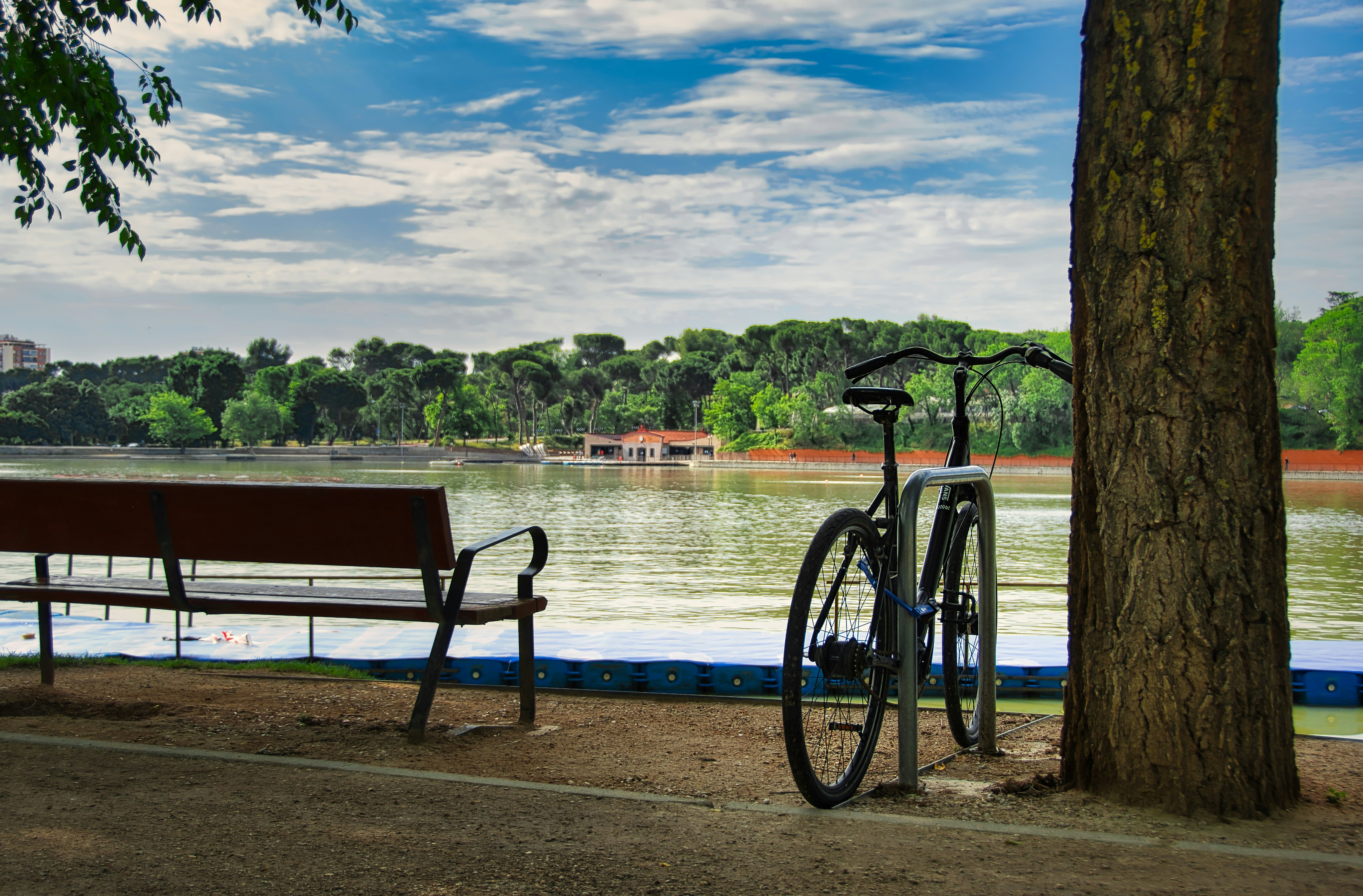
Using cars and bikes
Take your pick among many rideshare options
Several car-hailing services operate within the city, including Uber, Cabify, Bolt and Free Now. It’s advisable to check prices across these platforms, particularly during busy times when some companies apply competitive pricing.
Join the locals on a car-sharing website
If you want to visit Madrid's regional towns or other nearby Spanish cities, BlaBla Car is a good way to be more economical with longer distance destinations, not to mention practice your Spanish with locals.
You can book car-share rides to several points around the Madrid region and even all over the country. If you’re driving solo and wouldn’t mind some company (and sharing the gas bill), you can also publish your own rides with your intended destination on the BlaBla Car website.
Go eco on an electric bicycle
Bicimad is a ubiquitous bike service that provides over 7700 electric bikes across 630 charging and docking stations strategically placed in all of Madrid’s 21 districts. Madrid has lots of bike-friendly routes that make this is an eco-friendly and convenient way to explore the city. Use the Bicimad app to find docks and pay the fee, which starts at €0.50 (US$0.60) for the first 30 minutes, plus €3 (US$3.50) for each additional 30-minute period after an hour.
If you’re staying in Madrid for an extended period, the Tarifa Plana is a cost-effective, auto-renewing plan for unlimited rides for €10 (US$11.50) a month, cancelable anytime.
Frequently asked questions
Which public transit ticket should I buy in Madrid?
For visitors, the most practical and cost-effective option for multimodal travel is the Abono Turístico (Tourist Travel Pass), a contactless card that you can get at any Metro station. This allows you to hop on all types of public transportation around Madrid, including the Metro, EMT city bus lines, light rail and Renfe suburban trains.
These travel passes are loaded onto a Tarjeta Multi (Multi Card), which is available at any Metro station. Once your pass expires, you can top up the card with pay-per-ride options. Don’t throw these smartcards away either — they are valid up to 10 years, and you can simply add to them in any Metro station on your next visit to Madrid.

Accessible transportation in Madrid
In recent years, Madrid’s trains and stations have been significantly upgraded to become more accessible for people with disabilities. With the end goal of giving equal access to all passengers, the Metro has installed universal accessibility features in all its stations. Over half of all stations are fully accessible via elevators or ramps for wheelchair access. Other accessibility measures include reinforced step edges and elevator signs and handrails with Braille markings.
All EMT buses have universal access features, including low floors, Braille-embossed stop buttons, reserved spaces for strollers and reduced mobility passengers, plus tilts and ramps for wheelchair users.
One invaluable resource for travelers with disabilities is the Madrid Accessible to You guide, an inclusive and accessible guide published by the Madrid City Council with PREDIF (the Spanish Representative Platform for the Physically Disabled).












